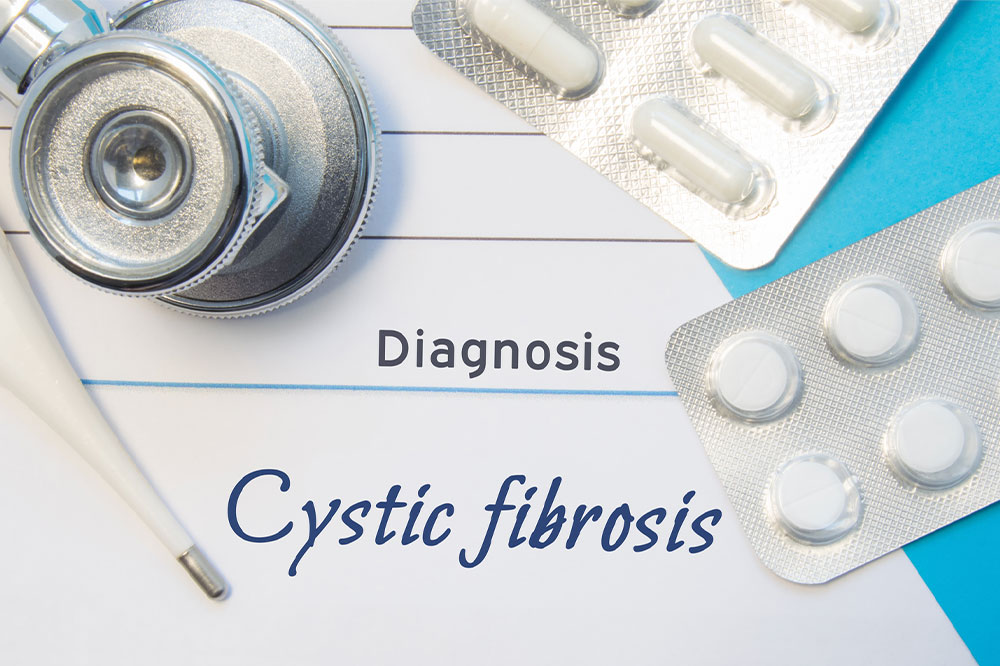Understanding Cystic Fibrosis: Symptoms, Diagnosis, and Management
This article provides an in-depth overview of cystic fibrosis, covering its genetic basis, symptoms affecting the respiratory and digestive systems, diagnostic procedures, and available treatment options. It emphasizes early detection through newborn screening, advances in management, and practical home remedies for symptom relief. Understanding these aspects helps patients and caregivers better manage this chronic condition and improve quality of life with proper medical support and lifestyle adjustments.

Understanding Cystic Fibrosis, Its Signs, and Treatment Options
Cystic fibrosis is a hereditary condition affecting the cells responsible for producing mucus, digestive fluids, and sweat. A genetic mutation causes these secretions to become thick and sticky, leading to blockages in the lungs and pancreas. This progressive disease hampers breathing and digestion, making early detection essential. Newborn screening is mandatory in many countries to identify symptoms early, enabling timely management. Thanks to advances in medicine, diagnosis often occurs within the first month, allowing effective intervention and improved quality of life.
Respiratory Symptoms of Cystic Fibrosis
Thick mucus buildup obstructs airways, causing breathing difficulties and potential life-threatening situations.
Common signs include wheezing and recurrent lung infections.
Breathlessness often reduces exercise tolerance in affected individuals.
Digestive Symptoms and Effects
The disease impairs nutrient absorption, resulting in greasy, foul-smelling stools and severe constipation.
In newborns, it can cause intestinal blockages known as meconium ileus.
Impact on the Digestive System
Excess mucus in the pancreas hampers insulin production and digestion.
Malnutrition and weight loss are common consequences.
Long-term, patients may develop cystic fibrosis-related diabetes mellitus.
Additional Health Complications
They include bronchiectasis, leading to damaged airways and difficulty breathing.
Nasal polyps can develop over time.
Persistent symptoms may cause patients to cough up blood.
The mucus provides a breeding ground for bacteria, increasing the risk of pneumonia and sinus infections.
How Is Cystic Fibrosis Diagnosed?
Genetic testing and blood analyses help confirm the condition.
The immunoreactive trypsinogen test is a standard newborn screening method.
Sweat chloride testing measures salt levels to aid diagnosis.
Sputum analysis assesses mucus thickness and infection presence.
Additional imaging techniques like chest X-rays, CT scans, and lung function tests assist in diagnosis.
Available Treatments for Cystic Fibrosis
Antibiotics are used to treat lung infections through pills or injections.
NSAIDs can reduce inflammation and alleviate discomfort.
Bronchodilators improve airflow via inhalers or nebulizers.
In rare cases, lung transplants or bowel surgeries may be necessary.
Home Care Tips for Managing Cystic Fibrosis
Staying well-hydrated with fluids like water and green tea helps loosen mucus.
Engaging in cardiovascular exercises supports overall health.
Avoiding allergens such as pet dander, pollen, and strong scents prevents symptom worsening.
Using devices like a chest clapper can assist in clearing airways from mucus.










